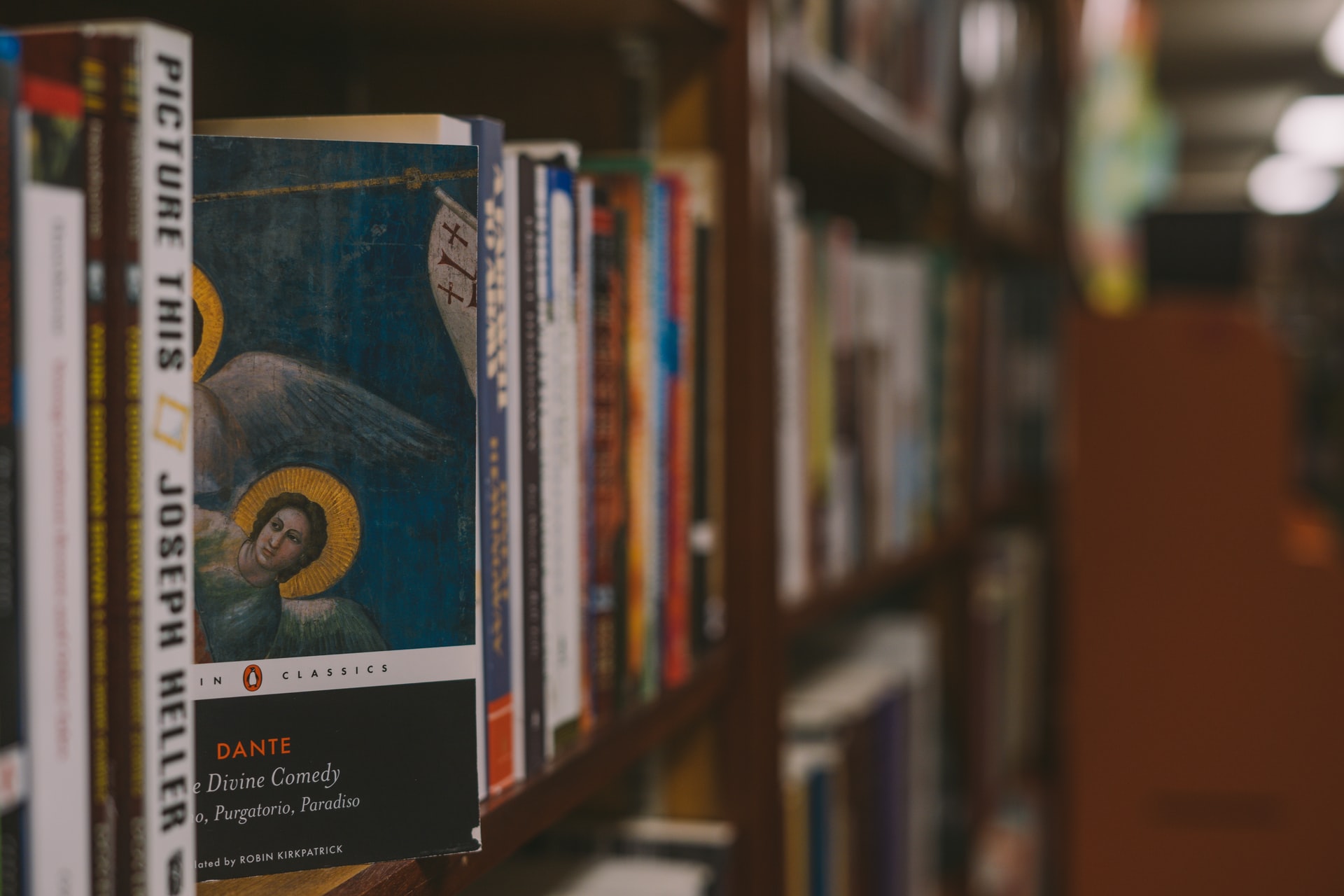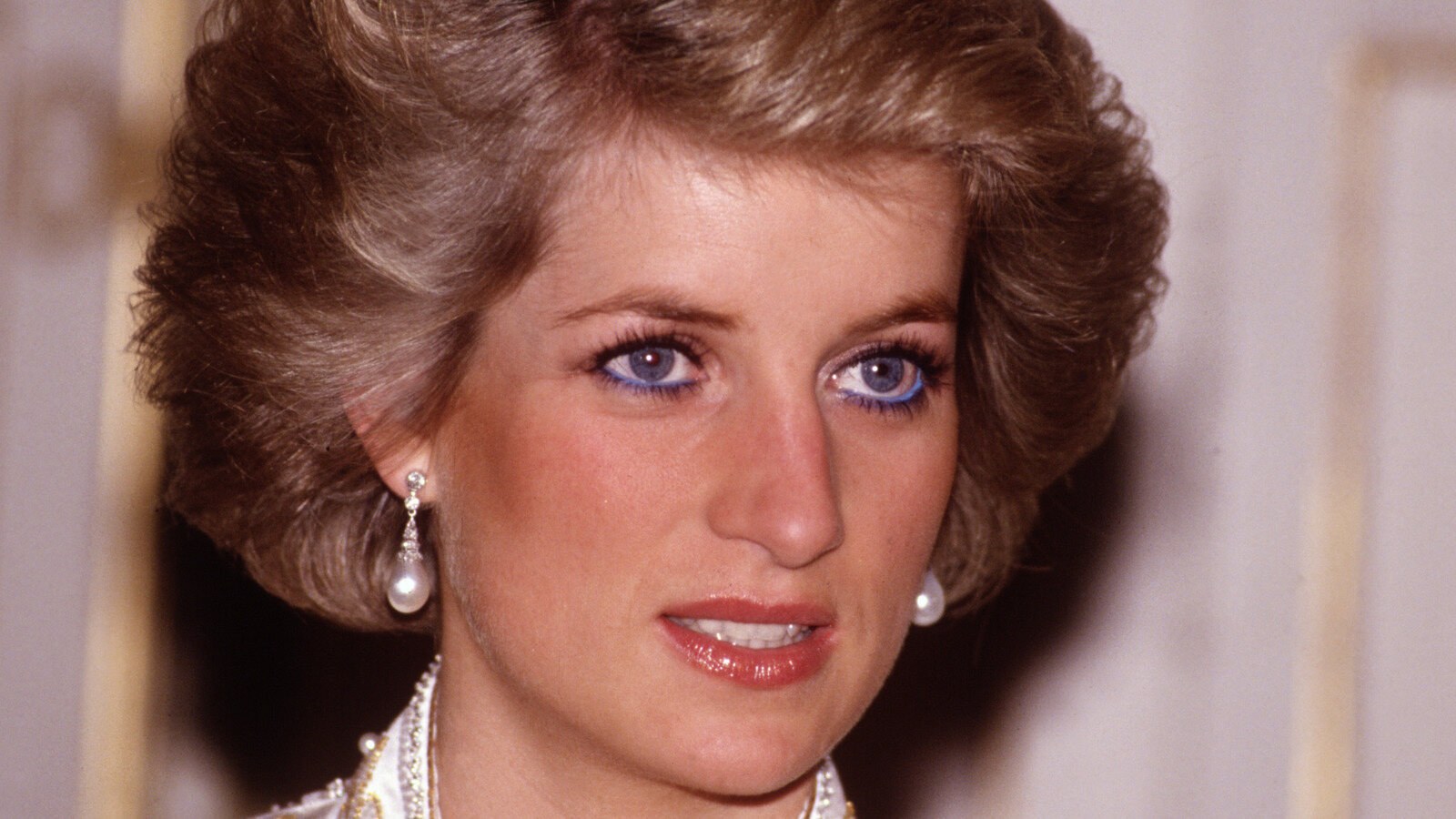
Art and literature have shaped human history in countless ways. From ancient cave paintings to modern digital art, these creative expressions reflect our cultures, beliefs, and emotions. Did you know that the Mona Lisa has no eyebrows because it was the fashion in Renaissance Florence to shave them off? Or that Shakespeare invented over 1,700 words, including "bedazzled" and "swagger"? Art and literature not only entertain but also educate, inspire, and provoke thought. They offer a window into different eras and societies, allowing us to understand the past and envision the future. Whether you're an art aficionado or a literature lover, these 32 facts will enrich your appreciation for these timeless forms of expression.
Key Takeaways:
- Art and literature have fascinating histories, from van Gogh's mental asylum masterpiece to J.K. Rowling's poverty-stricken beginnings. They continue to inspire and shape our world today.
- The intersection of art and literature is a rich tapestry, with authors like Tolkien and illustrators like Sendak creating timeless works. Their impact on modern culture is undeniable.
Art: The Visual Symphony
Art has been a part of human culture for thousands of years. It speaks to our emotions, tells stories, and captures moments in time. Here are some fascinating facts about art that might surprise you.
-
The Mona Lisa by Leonardo da Vinci is one of the most famous paintings in the world. It is known for its mysterious smile and has been on display at the Louvre Museum in Paris since 1797.
-
Vincent van Gogh only sold one painting during his lifetime, "The Red Vineyard." Despite his lack of commercial success, he created over 2,100 artworks, including about 860 oil paintings.
-
The Starry Night by Vincent van Gogh was painted while he was in a mental asylum. The swirling night sky is believed to reflect his turbulent mind.
-
Michelangelo was only 24 years old when he completed the Pietà, a sculpture of Mary holding Jesus after the crucifixion. It is the only piece he ever signed.
-
Banksy, the anonymous street artist, has created some of the most provocative and politically charged art of our time. His true identity remains a mystery.
-
The Sistine Chapel ceiling was painted by Michelangelo over four years. It features over 300 figures and is considered one of the greatest achievements in Western art.
-
Claude Monet was a founder of French Impressionist painting. His series of "Water Lilies" paintings are among the most famous and celebrated works of art.
-
The Salvator Mundi, attributed to Leonardo da Vinci, is the most expensive painting ever sold, fetching $450.3 million at auction in 2017.
-
Frida Kahlo is known for her self-portraits that explore themes of identity, postcolonialism, gender, class, and race in Mexican society. Her work has become iconic in feminist art.
-
Pablo Picasso could draw before he could walk. He completed his first painting, "Le Picador," at the age of nine.
Literature: The Written Word
Literature has the power to transport us to different worlds, introduce us to new ideas, and make us feel deeply. Here are some intriguing facts about literature.
-
William Shakespeare is often called England's national poet. He wrote 39 plays, 154 sonnets, and two long narrative poems.
-
The Epic of Gilgamesh is one of the oldest known pieces of literature, dating back to ancient Mesopotamia around 2100 BC.
-
J.K. Rowling wrote the first "Harry Potter" book while struggling with poverty. The series has since sold over 500 million copies worldwide.
-
Homer's "Iliad" and "Odyssey" are two of the greatest epic poems of ancient Greece. They have influenced Western literature for centuries.
-
Jane Austen published her novels anonymously. Her works, including "Pride and Prejudice" and "Sense and Sensibility," are now considered classics.
-
Mark Twain's real name was Samuel Clemens. He chose his pen name from a term used by riverboat pilots on the Mississippi River.
-
George Orwell's "1984" introduced the concept of "Big Brother" and has become a symbol of government surveillance and totalitarianism.
-
Mary Shelley wrote "Frankenstein" when she was just 18 years old. It is considered one of the earliest examples of science fiction.
-
Leo Tolstoy's "War and Peace" is one of the longest novels ever written, with over 1,200 pages in most editions.
-
Harper Lee's "To Kill a Mockingbird" won the Pulitzer Prize in 1961. It addresses serious issues like racial inequality and moral growth.
Art and Literature: The Intersection
Art and literature often intersect, influencing and inspiring each other. Here are some facts about this fascinating relationship.
-
Dante Alighieri's "Divine Comedy" has inspired countless works of art, including paintings by Sandro Botticelli and Gustave Doré.
-
Edgar Allan Poe's poem "The Raven" has been illustrated by many artists, including Édouard Manet and Gustave Doré.
-
Lewis Carroll's "Alice's Adventures in Wonderland" has inspired numerous artists, including Salvador Dalí and Sir John Tenniel.
-
William Blake was both a poet and an artist. His illustrated books, such as "Songs of Innocence and of Experience," are considered masterpieces.
-
J.R.R. Tolkien was not only a writer but also an illustrator. He created detailed maps and illustrations for his "Lord of the Rings" series.
-
Beatrix Potter wrote and illustrated "The Tale of Peter Rabbit." Her charming illustrations have captivated readers for generations.
-
Maurice Sendak's "Where the Wild Things Are" features his own illustrations, which are as beloved as the story itself.
-
Shel Silverstein was a poet, writer, and illustrator. His books, like "Where the Sidewalk Ends," feature his unique and whimsical drawings.
-
Antoine de Saint-Exupéry wrote and illustrated "The Little Prince." The book's simple yet profound illustrations are iconic.
-
Dr. Seuss, whose real name was Theodor Geisel, wrote and illustrated over 60 children's books. His imaginative characters and rhymes are timeless.
The Modern Impact
Art and literature continue to shape our world today. Here are some facts about their modern impact.
-
Graphic novels have become a popular form of literature, combining visual art with storytelling. Notable examples include "Maus" by Art Spiegelman and "Persepolis" by Marjane Satrapi.
-
Digital art has revolutionized the art world. Artists use software to create stunning works that can be shared instantly online.
Art and Literature: Timeless Wonders
Art and literature have always been cornerstones of human culture. They inspire, provoke thought, and connect us across time and space. From the intricate brushstrokes of the Mona Lisa to the profound words of Shakespeare, these creative expressions shape our world. They reflect society's values, struggles, and dreams, offering a mirror to our collective soul.
Whether you're an art aficionado or a literature lover, there's always something new to discover. Dive into a classic novel or visit a local gallery; you'll find endless inspiration. Art and literature aren't just subjects to study; they're experiences to live. They remind us of our shared humanity and the beauty that exists in everyday moments.
So, next time you encounter a piece of art or a compelling story, take a moment to appreciate its depth. These timeless wonders enrich our lives in ways that are truly priceless.
Frequently Asked Questions
Was this page helpful?
Our commitment to delivering trustworthy and engaging content is at the heart of what we do. Each fact on our site is contributed by real users like you, bringing a wealth of diverse insights and information. To ensure the highest standards of accuracy and reliability, our dedicated editors meticulously review each submission. This process guarantees that the facts we share are not only fascinating but also credible. Trust in our commitment to quality and authenticity as you explore and learn with us.


